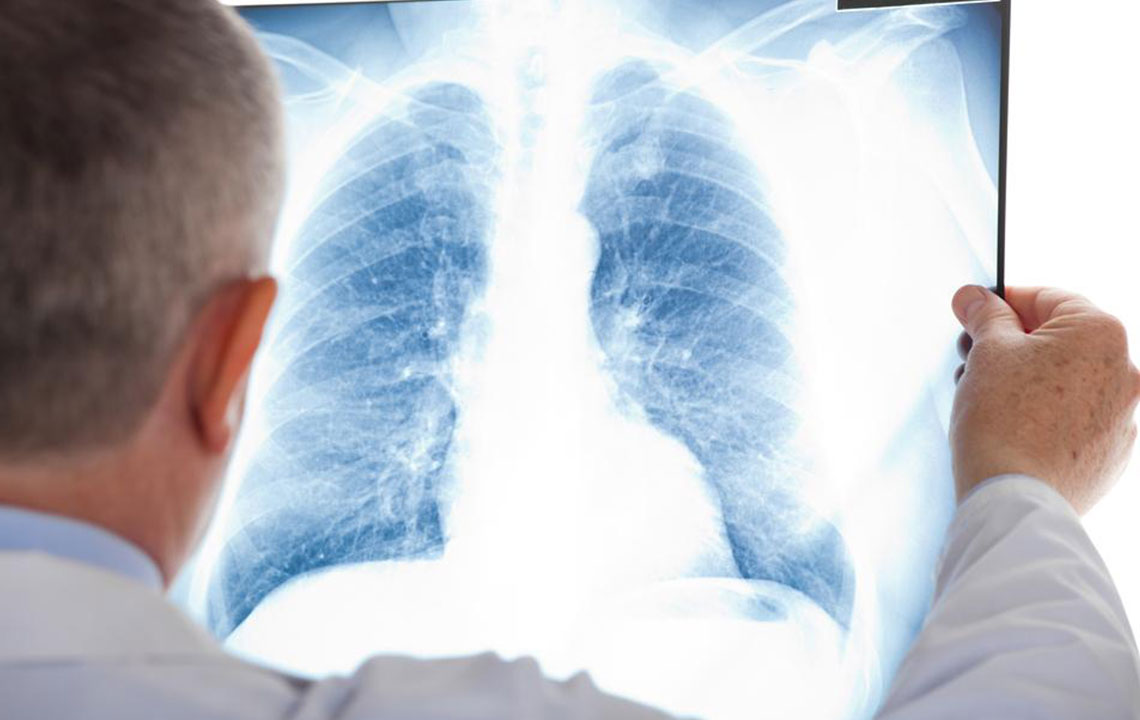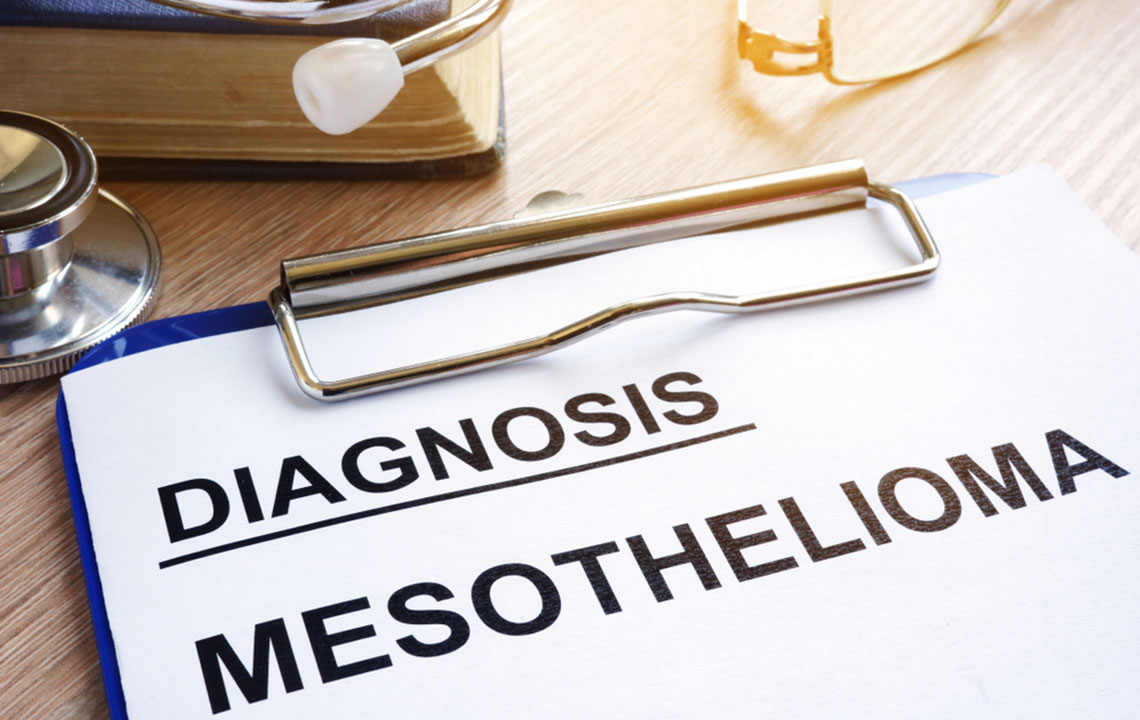Comprehensive Overview of Mesothelioma: Causes, Symptoms, and Leading Treatment Centers
This comprehensive guide explores the causes, symptoms, and treatment options for mesothelioma, emphasizing early detection and expert care. Learn about specialized treatment centers and emerging therapies to better understand this aggressive cancer linked to asbestos exposure.

Comprehensive Overview of Mesothelioma: Causes, Symptoms, and Leading Treatment Centers
Mesothelioma is a rare but highly aggressive cancer that develops in the thin layer of tissue known as the mesothelium, which lines the chest, abdomen, and around the heart. This disease is most commonly caused by prolonged exposure to asbestos fibers, which settle in the body's tissues and ultimately lead to malignant transformations. Despite advancements in medical science, mesothelioma remains a challenging disease to treat, and unfortunately, it is currently considered incurable. Its insidious progression often results in a latency period ranging from 20 to 50 years after asbestos exposure, which complicates early detection and diagnosis.
The prognosis for mesothelioma patients is generally poor, largely due to late-stage detection and its aggressive nature. Several factors influence patient outcomes, including the tumor's location, the stage at which the cancer is diagnosed, and the specific cell type involved—epithelioid, sarcomatoid, or biphasic. Furthermore, individual patient factors such as age, overall health, and response to treatment significantly impact survival chances. Recognizing the early symptoms and seeking timely medical care can make a critical difference in managing the disease more effectively.
The symptoms of mesothelioma vary depending on the affected organ and the extent of tumor growth. For example, when the lungs are involved—a condition known as pleural mesothelioma—patients may experience persistent chest pain, shortness of breath, coughing, and unexplained weight loss. These symptoms are often mistaken for less severe respiratory illnesses, emphasizing the importance of thorough medical evaluation in individuals with known asbestos exposure history.
In cases where mesothelioma affects the abdominal lining (peritoneal mesothelioma), common symptoms include abdominal pain, swelling, and the presence of lumps in the abdomen. Bloating, nausea, and changes in bowel habits may also occur as the tumor enlarges, putting pressure on surrounding organs. Heart-related mesothelioma, although rare, can cause chest pain, irregular heartbeats, and issues with breathing due to pressure on the pericardium—the lining surrounding the heart.
Testicular mesothelioma is an extremely rare form, which may lead to swelling, lumps, or discomfort in the testicular area. Its rarity often results in delayed diagnosis, underscoring the need for awareness and prompt medical assessment when unusual symptoms arise.
Throughout the country, specialized treatment centers dedicated to mesothelioma care are available. These centers offer multidisciplinary approaches including surgery, chemotherapy, radiation therapy, and emerging targeted therapies. Leading institutions such as the University of Michigan, Markey Cancer Center, and Dana-Farber Cancer Institute provide advanced treatment options, comprehensive patient care, and participation in clinical trials aiming to improve outcomes for mesothelioma patients.
Given the disease's complexity, early diagnosis and access to expert care can significantly improve quality of life and extend survival times. Patients and families are encouraged to seek out specialized treatment centers and join support networks to navigate the challenges posed by this formidable disease effectively.





